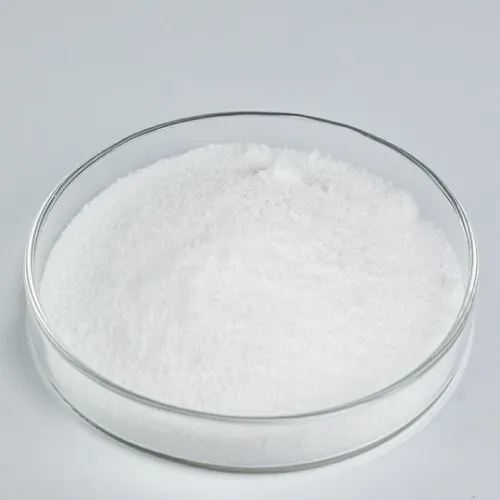Warning: Undefined array key "title" in /home/www/wwwroot/HTML/www.exportstart.com/wp-content/themes/1198/header.php on line 6
Warning: Undefined array key "file" in /home/www/wwwroot/HTML/www.exportstart.com/wp-content/themes/1198/header.php on line 7
Warning: Undefined array key "title" in /home/www/wwwroot/HTML/www.exportstart.com/wp-content/themes/1198/header.php on line 7
Warning: Undefined array key "title" in /home/www/wwwroot/HTML/www.exportstart.com/wp-content/themes/1198/header.php on line 7
- Afrikaans
- Albanian
- Amharic
- Arabic
- Armenian
- Azerbaijani
- Basque
- Belarusian
- Bengali
- Bosnian
- Bulgarian
- Catalan
- Cebuano
- China
- China (Taiwan)
- Corsican
- Croatian
- Czech
- Danish
- Dutch
- English
- Esperanto
- Estonian
- Finnish
- French
- Frisian
- Galician
- Georgian
- German
- Greek
- Gujarati
- Haitian Creole
- hausa
- hawaiian
- Hebrew
- Hindi
- Miao
- Hungarian
- Icelandic
- igbo
- Indonesian
- irish
- Italian
- Japanese
- Javanese
- Kannada
- kazakh
- Khmer
- Rwandese
- Korean
- Kurdish
- Kyrgyz
- Lao
- Latin
- Latvian
- Lithuanian
- Luxembourgish
- Macedonian
- Malgashi
- Malay
- Malayalam
- Maltese
- Maori
- Marathi
- Mongolian
- Myanmar
- Nepali
- Norwegian
- Norwegian
- Occitan
- Pashto
- Persian
- Polish
- Portuguese
- Punjabi
- Romanian
- Russian
- Samoan
- Scottish Gaelic
- Serbian
- Sesotho
- Shona
- Sindhi
- Sinhala
- Slovak
- Slovenian
- Somali
- Spanish
- Sundanese
- Swahili
- Swedish
- Tagalog
- Tajik
- Tamil
- Tatar
- Telugu
- Thai
- Turkish
- Turkmen
- Ukrainian
- Urdu
- Uighur
- Uzbek
- Vietnamese
- Welsh
- Bantu
- Yiddish
- Yoruba
- Zulu
डिसेंबर . 04, 2024 16:02 Back to list
Exploring the Uses and Benefits of Xanthan Gum in Food and Industry
The Importance of Xanthan Gum in Modern Industry and Food
Xanthan gum is a polysaccharide that has gained significant attention in various industries, particularly in food production, pharmaceuticals, and cosmetics. Its unique properties make it an essential ingredient for enhancing the texture, stability, and overall quality of products. Derived from the fermentation of the bacterium *Xanthomonas campestris*, xanthan gum has a rich history that dates back to the 1960s when it was first discovered and commercialized.
As a food additive, xanthan gum is primarily used as a thickening agent and stabilizer. It is particularly valuable in gluten-free baking, as it mimics the properties of gluten, which provides elasticity and structure to bread and other baked goods. In gluten-free recipes, xanthan gum helps to bind the ingredients together, resulting in a texture that is often comparable to traditional products. This makes it a go-to ingredient for those with gluten intolerance or celiac disease.
The Importance of Xanthan Gum in Modern Industry and Food
Beyond the culinary world, xanthan gum's versatility extends to the pharmaceutical industry, where it is utilized as a suspending agent in liquid medications. Its thickening properties ensure that active ingredients remain evenly distributed, resulting in consistent dosages. Furthermore, xanthan gum is widely used in the formulation of topical creams and lotions, where it enhances product stability and improves the sensory attributes of the application. The inclusion of xanthan gum helps create a smooth, luxurious feel, which is highly sought after by consumers.
xanthan gum e

In cosmetics, xanthan gum acts as an emulsifier, allowing oil and water-based ingredients to mix effectively. This is critical in the formulation of products such as moisturizers, shampoos, and sunscreens, where a stable blend is essential for performance and shelf life. As consumers increasingly look for clean and effective beauty products, xanthan gum’s natural origins and safety profile make it an attractive choice for formulators aiming to meet these demands.
Sustainability is another area where xanthan gum shines. As a biopolymer, it is biodegradable and derived from renewable resources, making it an eco-friendly alternative to synthetic thickeners and stabilizers. The production process involves fermenting natural sugars, which reduces the environmental impact compared to petroleum-based products. As industries move towards sustainability, xanthan gum is poised to play a pivotal role in aligning with eco-friendly practices.
However, it is important to note that while xanthan gum is generally recognized as safe (GRAS) by the FDA, some individuals may experience digestive discomfort when consuming large amounts. As with any ingredient, moderation is key, and it’s advisable for those with specific dietary concerns to consult with healthcare providers.
In conclusion, xanthan gum is a remarkable ingredient that has found a place in various sectors due to its unique properties and versatility. From enhancing the texture of gluten-free baked goods to stabilizing pharmaceuticals and cosmetics, its applications are vast and impactful. As industries continue to evolve, xanthan gum will undoubtedly remain a staple in the quest for quality, sustainability, and innovation.
Latest news
-
Certifications for Vegetarian and Xanthan Gum Vegetarian
NewsJun.17,2025
-
Sustainability Trends Reshaping the SLES N70 Market
NewsJun.17,2025
-
Propylene Glycol Use in Vaccines: Balancing Function and Perception
NewsJun.17,2025
-
Petroleum Jelly in Skincare: Balancing Benefits and Backlash
NewsJun.17,2025
-
Energy Price Volatility and Ripple Effect on Caprolactam Markets
NewsJun.17,2025
-
Spectroscopic Techniques for Adipic Acid Molecular Weight
NewsJun.17,2025

